
Shop prices fell in December, according to the monthly BRC-NIQ shop price index, but the report predicts economic headwinds this year will see the return of higher prices.
Overall shop price deflation stood at 1% in December, up from deflation of 0.6% in the previous month.
This figure was slightly above the three-month average rate of –0.8% and overall shop price annual growth remained at its lowest rate since August 2021.
Non-food remained in deflation at –2.4% in December, edging down from –1.8% in the preceding month.
Meanwhile, food inflation was unchanged at 1.8% in December, with fresh food unchanged at 1.2% and ambient food edging up to 2.8% from 2.7% in November.
However, BRC CEO Helen Dickinson warned heavy discounting distorted the underlying price trend, with inflation set to return in 2025 amid extra costs incurred by retailers.
She explained: “Retailers discounted heavily for Black Friday this year as they attempted to make up for weaker sales earlier in the year. However, the later Black Friday timing brought many of the non-food discounts into the measurement period, making non-food prices look more deflationary than the underlying trend. With food inflation bottoming out at 1.8%, and many price pressures on the horizon, shop price deflation is likely to become a thing of the past.
“As retailers battle the £7bn of increased costs in 2025 from the budget, including higher employer NI, national living wage, and new packaging levies, there is little hope of prices going anywhere but up.”
Modelling by the BRC alongside retail CFOs suggested food prices would rise by an average of 4.2% in the latter half of the year, while non-food will return firmly to inflation.
“Government can still take steps to mitigate these price pressures,” Dickinson added. “And it must ensure that its proposed reforms to business rates do not result in any stores paying more in rates than they do already.”
Mike Watkins, head of retailer and business insight at NIQ, added: “During December, shoppers benefited from both lower inflation than last year and bigger discounts as both food and non-food retailers were keen to drive sales after a slow start to the quarter.
“However, higher household costs are unlikely to dissipate anytime soon so retailers will need to carefully manage any inflationary pressure in the months ahead.”


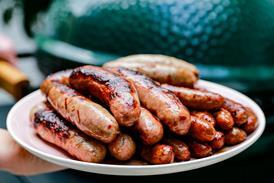
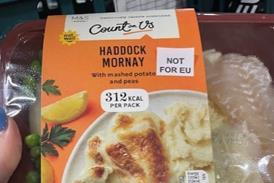



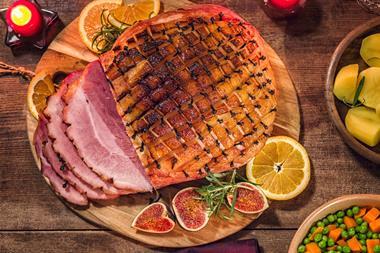
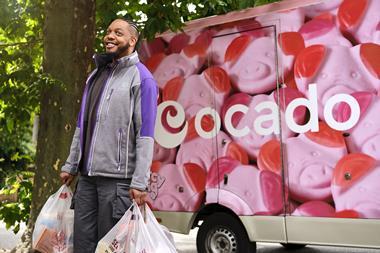
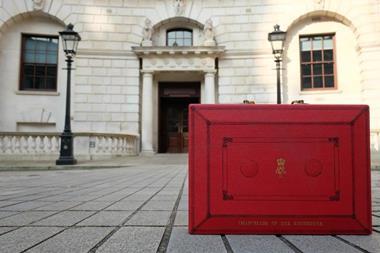




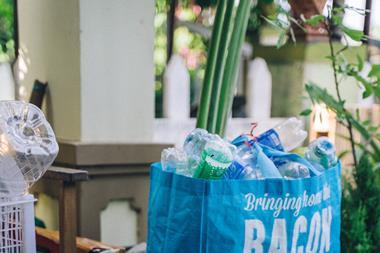




No comments yet